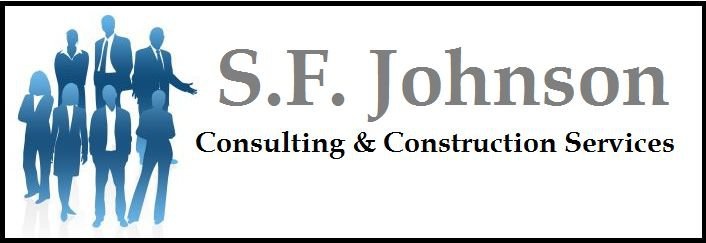👷 Module 4: Labor Estimating & Equipment Selection
💼 Estimating Labor Costs
Labor is often the largest variable in a demolition estimate. A clear understanding of crew productivity, manhour units, and jobsite conditions helps ensure accurate pricing.
- Use historical manhour rates or industry databases (RSMeans, NECA, etc.)
- Account for project type: commercial vs. residential, interior vs. structural
- Adjust for difficulty factors: tight access, overhead removal, safety requirements
- Include labor burden (taxes, insurance, union benefits) when estimating cost/hour
🧠 Estimator Tip: Build a labor productivity chart specific to your crew to streamline future estimates.
🤝 Union vs. Non-Union Labor Cost Considerations
Labor rates can vary significantly depending on whether your workforce is unionized. Always align your estimate with the labor market expectations of the project location.
- Union labor: higher base wage, benefits, pension, and strict rules for task assignments
- Non-union labor: more flexible, often lower wage but may require additional oversight
- Public projects or urban centers often mandate union or prevailing wage labor
- Confirm crew make-up and agreements with subcontractors if you're not self-performing
📋 Be transparent: Some clients require a labor breakdown with wage classifications and hours per task.
📊 Productivity Factors Affecting Crew Efficiency
Estimators must evaluate all site-specific elements that affect how quickly crews can work. Productivity impacts labor cost and job duration.
- Weather conditions (rain, extreme heat or cold)
- Site congestion, limited access, or shared tradespace
- Material types (brick takes longer than drywall)
- Noise restrictions or working hour limitations
- Learning curve for new crew or unfamiliar equipment
⚠️ Never assume ideal conditions—adjust labor units for real-world jobsite factors.
🚜 Demolition Equipment & Selection
Choosing the right equipment impacts speed, safety, and cost. Your estimate should reflect the type, size, and duration of use for each piece of equipment.
- Excavators and skid steers: for major structural demolition and debris loading
- Saws, torches, and jackhammers: for slab cutting and precision work
- Robotics or remote-controlled tools: used in high-risk environments or tight quarters
- Hand tools: necessary for selective and interior demolition
Include costs for:
- Rental period and delivery/pickup
- Fuel and maintenance
- Operator labor (may be separate from standard crew)
🧾 Recommendation: Break out equipment as a separate line item to help owners understand your bid.
⚖️ Manual vs. Machine-Assisted Demolition Cost Comparison
There’s a time and place for both manual and mechanical demolition. Estimators should analyze the trade-off between labor hours and equipment rental based on the site and task.
- Manual: Higher labor cost, lower equipment expense. Best for tight spaces, selective demolition, or low-volume removals.
- Mechanical: Faster, safer for structural removals, but includes rental, fuel, and operator cost.
- Use production rate comparisons (e.g., 50 SF/hour by hand vs. 500 SF/hour by machine) to determine break-even points.
⚙️ Decision-making Tip: Consider both direct cost and safety/exposure when choosing the method.
